Ashoka’s Path: From War to Buddhism
The Great Ashoka: Discovery of Buddhism
It was the fourth century BC. A powerful empire was emerging in the northern part of India. This empire was the Maurya Empire, which was founded by Chandragupta Maurya. But the most prominent and historical image of this empire is formed through Ashoka the Great.
The Great Ashoka early life and victory of the empire
Ashoka was the grandson of Chandragupta and son of Bindusara. Ashoka was born around 304 BC. When Ashoka’s reign began, he emerged as a young and influential ruler. But his path was not easy. Ashoka fought many wars to strengthen his empire.
His most important war was the Kalinga War. The Kalinga War was fought in 261 BC. This war was to expand the boundaries of the Maurya Empire, and it completely changed Ashoka’s life and rule. After the Kalinga War, thousands of people died and many were injured. This war was a time of deep introspection for Ashoka.
Kalinga War and Turning to Buddhism
The Kalinga War resulted in Ashoka doing deep introspection. After the war, he saw how much loss of life and suffering was caused by the war. It touched his heart and he thought that such violence and cruelty must be ended. At the same time, Ashoka developed an interest in Buddhism.
Buddhism was spreading rapidly in India at that time. This religion emphasized peace, non-violence and compassion. Ashoka approached Buddhist monks and decided to adopt Buddhism. This decision was a turning point in his life.
Ashoka’s adoption of Buddhism
Ashoka also made a big change in his policies after adopting Buddhism. He took many initiatives to promote peace and social justice in his empire. He abandoned war and focused on the principles of dedication, empathy and non-violence.
Many Buddhist Viharas and Stupas were built during his reign. He made many efforts to propagate Buddhism, and spread the teachings of Buddhism in the scriptures and inscriptions he created.
The Great Ashoka Inscriptions and Spread of Religion
Ashoka built many inscriptions and stupas during his reign. These inscriptions became important mediums for spreading the teachings of Buddhism. He gave many sermons in these inscriptions to strengthen the foundation of religion and encourage morality.
In these inscriptions, Ashoka wrote that he wanted to inspire the people of his empire to follow the path of religion. He emphasized the importance of non-violence, compassion and dedication in the inscriptions.
The Great Ashoka’s Last Period and Legacy
Ashoka’s reign lasted from 268 BC to 232 BC. At the end of his reign, he established an empire through his policies that became famous for religious tolerance and social justice. Ashoka also sent several missions to preach Buddhism, and the actions taken by him played a vital role in spreading Buddhism in India and outside countries.
Ashoka’s reign and the doctrine of Buddhism adopted by him still give a message of peace and compassion to people. His life and his work are a source of inspiration, showing how a person can change his life and society in a positive direction.
Last Words
The story of Ashoka the Great is not just the story of a ruler, but it is the story of enlightenment, transformation and the quest for peace. Through his life it is evident that a true leader is more important than just achieving victory – he can bring positive change in society through his deeds. Ashoka’s love for Buddhism and his message of peace are still relevant in our society.
अशोक महान: बौद्ध धर्म की खोज
चौथी सदी ईसा पूर्व की बात है। भारत के उत्तरी भाग में एक शक्तिशाली साम्राज्य का उदय हो रहा था। यह साम्राज्य था मौर्य साम्राज्य, जिसकी स्थापना चंद्रगुप्त मौर्य ने की थी। लेकिन इस साम्राज्य की सबसे प्रमुख और ऐतिहासिक छवि अशोक महान के माध्यम से बनती है।
अशोक का प्रारंभिक जीवन और साम्राज्य की विजय
अशोक, चंद्रगुप्त के पोते और बिंदुसार के पुत्र थे। अशोक का जन्म 304 ईसा पूर्व के आसपास हुआ था। जब अशोक का शासनकाल शुरू हुआ, तब वे एक युवा और प्रभावशाली शासक के रूप में उभरे। लेकिन उनका मार्ग आसान नहीं था। अशोक ने अपने साम्राज्य को मजबूत करने के लिए कई युद्ध किए।
उनका सबसे महत्वपूर्ण युद्ध कलिंग युद्ध था। कलिंग युद्ध 261 ईसा पूर्व में लड़ा गया था। यह युद्ध मौर्य साम्राज्य की सीमाओं को विस्तारित करने के लिए था, और इसने अशोक के जीवन और शासन को पूरी तरह से बदल दिया। कलिंग युद्ध के बाद, हजारों लोगों की मौत और अनेक घायल हुए। यह युद्ध अशोक के लिए एक गहन आत्ममंथन का समय था।
कलिंग युद्ध और बौद्ध धर्म की ओर रुझान
कलिंग युद्ध के परिणामस्वरूप अशोक ने गहरी आत्मनिरीक्षण की। युद्ध के बाद, उन्होंने देखा कि युद्ध की वजह से कितनी जनहानि और दुख हुआ था। इसने उनके दिल को छू लिया और उन्होंने सोचा कि इस तरह की हिंसा और क्रूरता को समाप्त करना चाहिए। इसी समय, अशोक ने बौद्ध धर्म के प्रति रुचि विकसित की।
बौद्ध धर्म उस समय भारत में तेजी से फैल रहा था। यह धर्म शांति, अहिंसा और करुणा पर जोर देता था। अशोक ने बौद्ध भिक्षुओं से संपर्क किया और बौद्ध धर्म को अपनाने का निर्णय लिया। यह निर्णय उनके जीवन का एक महत्वपूर्ण मोड़ था।
अशोक का बौद्ध धर्म को अपनाना
अशोक ने बौद्ध धर्म को अपनाने के बाद अपनी नीतियों में भी बड़ा परिवर्तन किया। उन्होंने अपने साम्राज्य में शांति और सामाजिक न्याय को बढ़ावा देने के लिए कई पहल की। उन्होंने युद्ध को छोड़कर समर्पण, सहानुभूति और अहिंसा के सिद्धांतों पर ध्यान केंद्रित किया।
उनके शासनकाल में कई बौद्ध विहारों और स्तूपों का निर्माण हुआ। उन्होंने बौद्ध धर्म के प्रचार के लिए कई प्रयास किए, और उनके द्वारा बनाए गए धर्माग्रंथों और शिलालेखों में बौद्ध धर्म की शिक्षाओं को फैलाने का काम किया।
अशोक के शिलालेख और धर्म का प्रसार
अशोक ने अपने शासनकाल में बहुत सारे शिलालेख और स्तूप बनवाए। ये शिलालेख बौद्ध धर्म की शिक्षाओं को फैलाने के लिए महत्वपूर्ण माध्यम बने। उन्होंने इन शिलालेखों में धर्म की नींव को मजबूत करने और नैतिकता को प्रोत्साहित करने के लिए कई उपदेश दिए।
इन शिलालेखों में अशोक ने लिखा कि वे अपने साम्राज्य के लोगों को धर्म के मार्ग पर चलने के लिए प्रेरित करना चाहते हैं। उन्होंने शिलालेखों में अहिंसा, करुणा और समर्पण के महत्व पर जोर दिया।
अशोक का अंतिम समय और विरासत
अशोक का शासनकाल 268 ईसा पूर्व से 232 ईसा पूर्व तक चला। उनके शासनकाल के अंत में, उन्होंने अपनी नीतियों के माध्यम से एक ऐसा साम्राज्य स्थापित किया जो धार्मिक सहिष्णुता और सामाजिक न्याय के लिए प्रसिद्ध हुआ। अशोक ने बौद्ध धर्म के प्रचार के लिए कई मिशनों को भी प्रेषित किया, और उनके द्वारा की गई कार्रवाइयों ने बौद्ध धर्म को भारत और बाहर के देशों में फैलाने में महत्वपूर्ण भूमिका निभाई।
अशोक का शासनकाल और उनके द्वारा अपनाया गया बौद्ध धर्म का सिद्धांत आज भी लोगों को शांति और करुणा का संदेश देता है। उनका जीवन और उनके काम एक प्रेरणा का स्रोत हैं, जो यह दिखाते हैं कि कैसे एक व्यक्ति अपने जीवन और समाज को सकारात्मक दिशा में बदल सकता है।
अंतिम शब्द
अशोक महान की कहानी केवल एक शासक की कहानी नहीं है, बल्कि यह आत्मज्ञान, परिवर्तन और शांति की खोज की कहानी है। उनके जीवन के माध्यम से यह स्पष्ट होता है कि एक सच्चे नेता को सिर्फ विजय प्राप्त करने से अधिक महत्वपूर्ण होता है – वह अपने कर्मों से समाज में सकारात्मक परिवर्तन ला सकता है। अशोक का बौद्ध धर्म के प्रति प्रेम और उनका शांति का संदेश आज भी हमारे समाज में प्रासंगिक है।


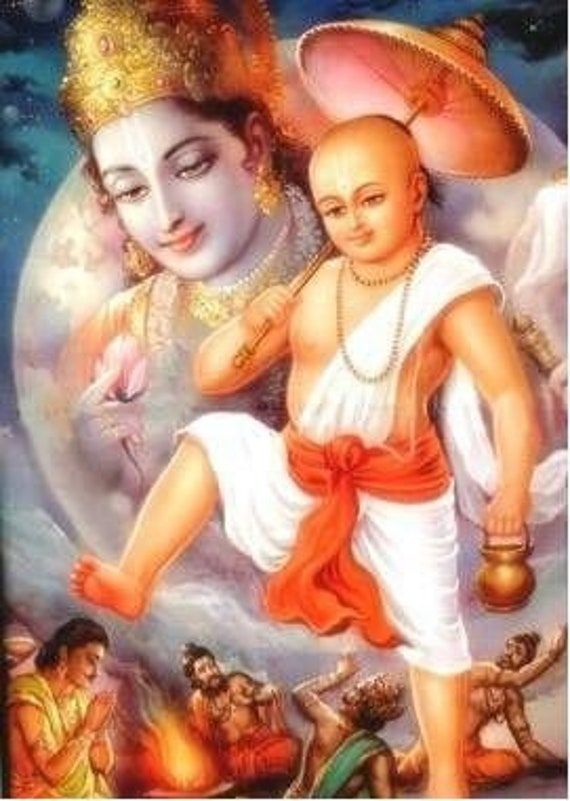

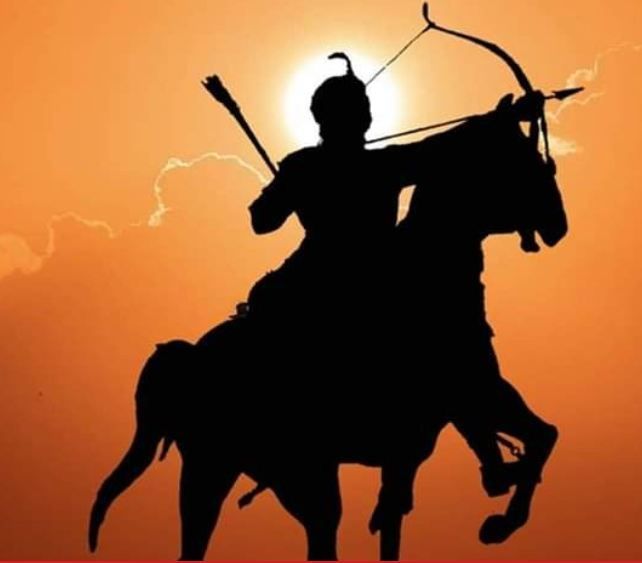
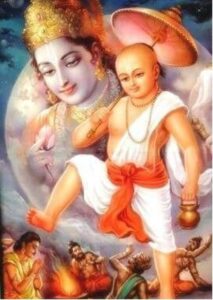
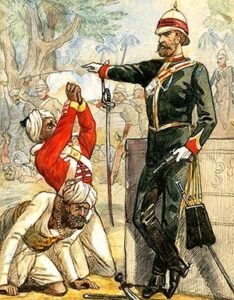

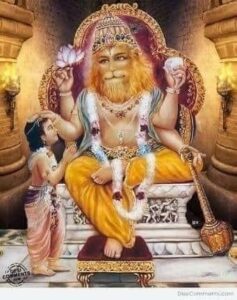


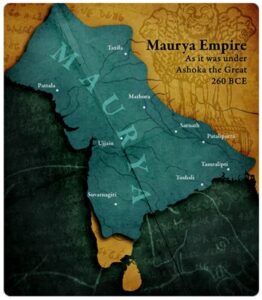
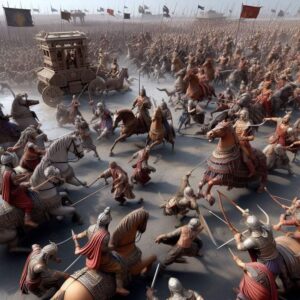

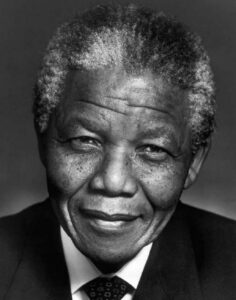
Post Comment